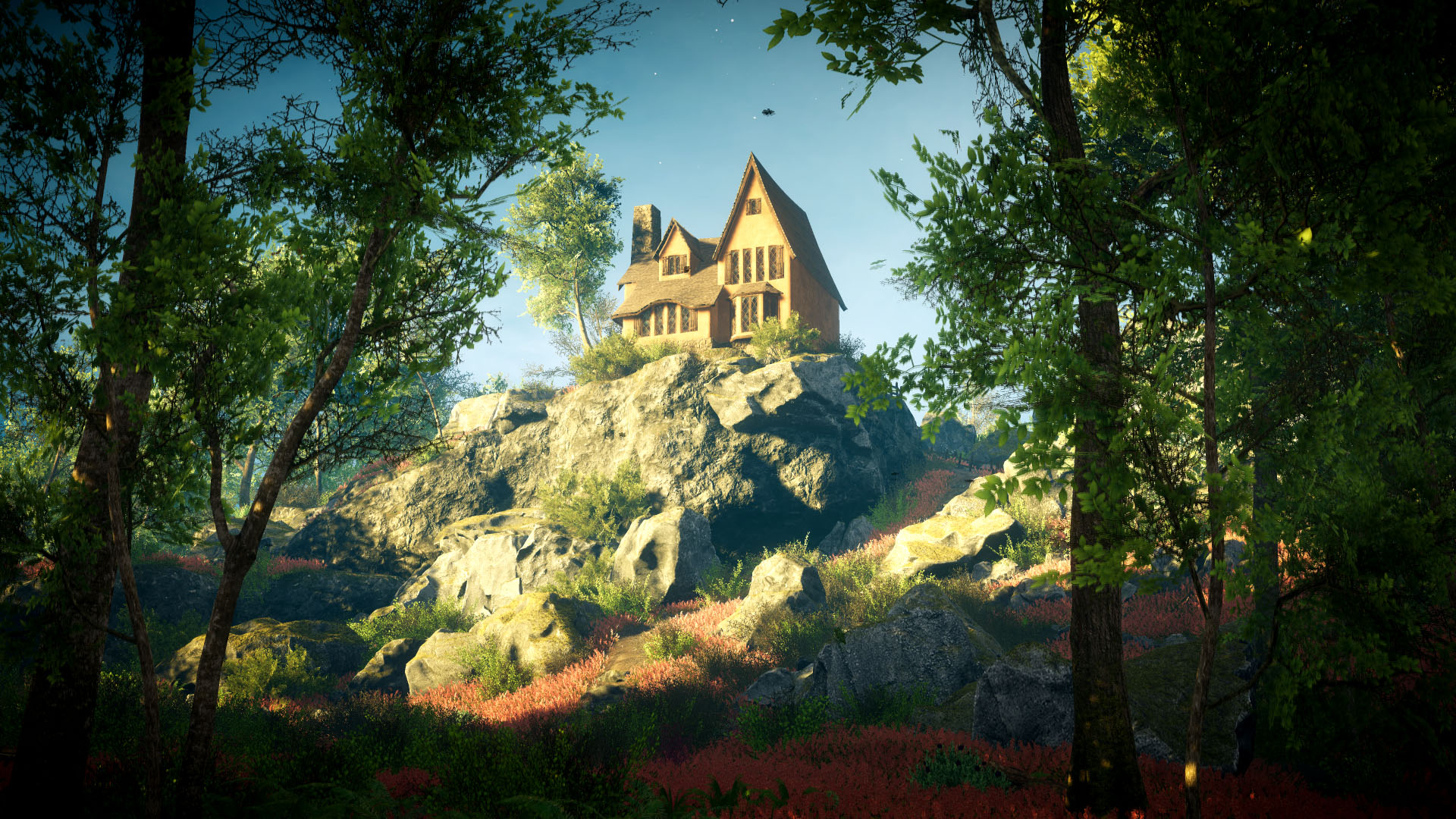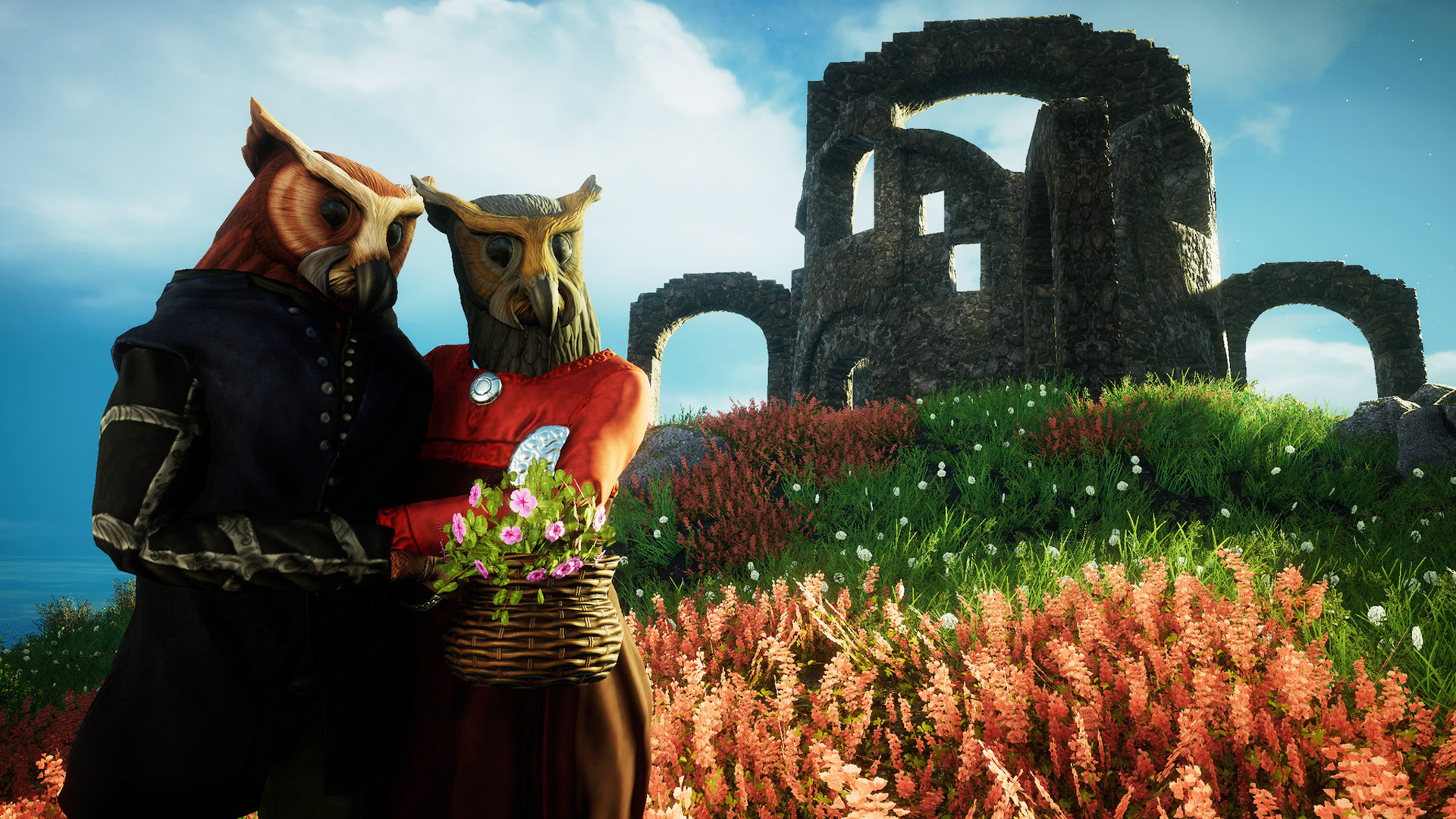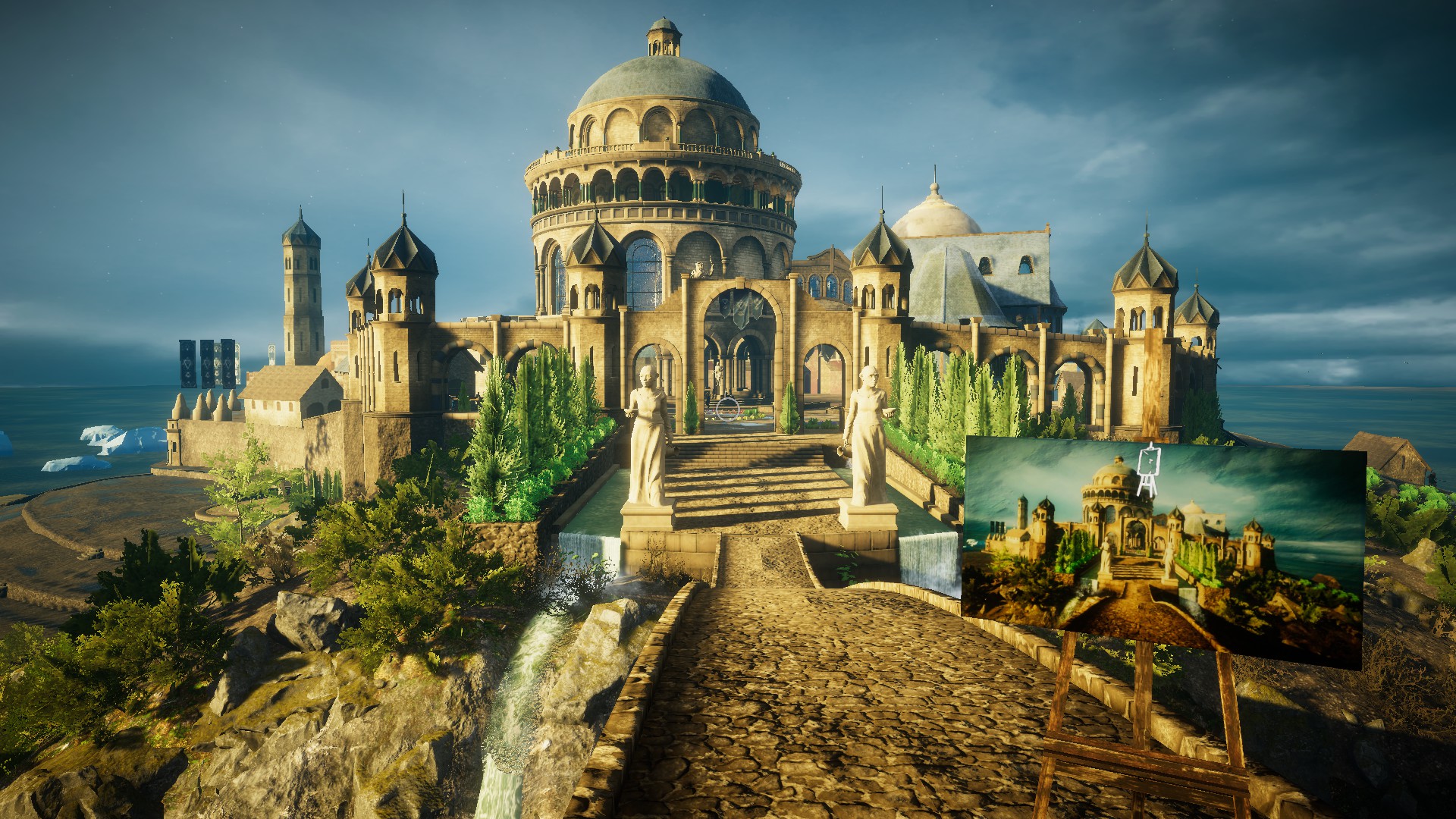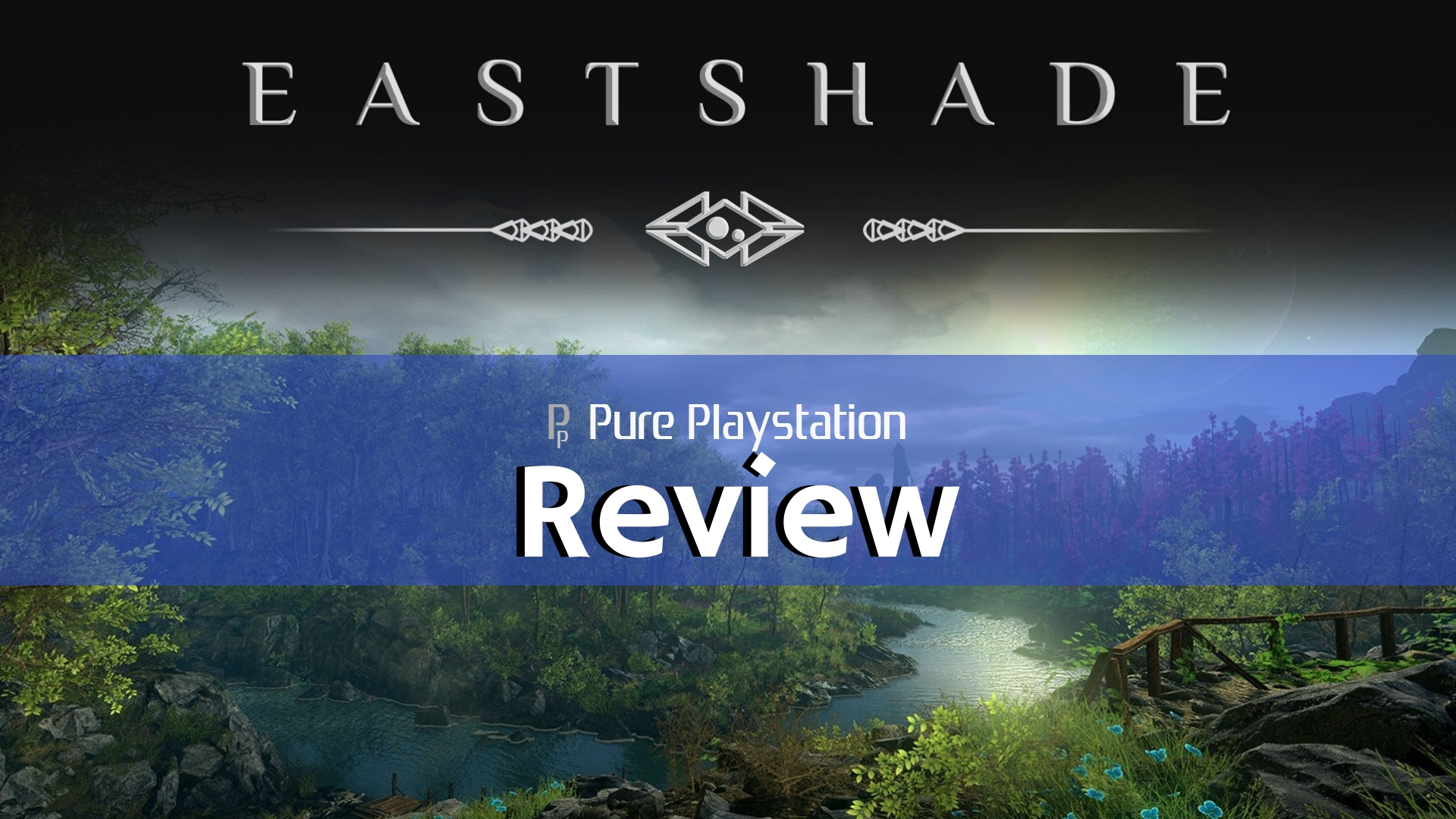In essence, Eastshade is half Elder Scrolls and half Bob Ross walking simulator. Your reaction to that elevator pitch will dictate just how much you’ll love or hate this endearingly strange and mesmerizingly meditative journey through a beautiful, richly realized fantasy world.
Building on Leaving Lyndow, a brief prequel that established much of the world’s tone and lore, this game feels like Eastshade Studios’ vision come to full fruition. Walking in the footsteps of your late mother, a former resident of the island, the purpose of pilgrimage is singular; to visit and document her four favourite landmarks. Arriving on the coast of Lyndow, Eastshade’s most southerly town, in the aftermath of a shipwreck, you soon discover your task may not be so simple as you find yourself embroiled in affairs of the locals.

These locals, an assortment of anthropomorphic characters, in ape, owl, deer and bear varieties, at first unsettled me, as if I had landed in some Moreauian nightmare. Once I set aside my apparent humanoid animal racism, perhaps charmed by their assorted dialects- everything from broad Yorkshire drawls to thick Boston vernaculars – I found myself all too eager to help, busying myself with a healthy inventory of tasks. Having aided several of Lyndow’s residence, I heeded their advice and ventured north to the capital city of Nava. It was at this point, as I wandered wide-eyed into the wilderness, that Eastshade truly gripped me.
Much like Bethesda’s finest, Eastshade excels at ensnaring you in the compulsive flow of its quest design. Entry to Nava required three testimonials to the integrity of my character, thus off I once again roamed in search of those in need. While my acts of altruism were fuelled by a personal agenda, I felt a genuine duty to sew as much good as I could. So strong was the domino effect of this benevolence that my first session with the game, intended to be cursory look, transformed into four blissfully ignorant hours of adventure and discovery.

Focusing on non-violent mechanics, Eastshade instead equips you with other forms of agency, namely your ability to paint and converse. Dialogue options let you shape your character and in turn direct the narrative. Kindness or indifference, honesty or deception, the paths you choose manifest in subtle and nuanced ways, some making small ripples while others have more significant ramifications on isle’s social and political landscape. Themes of death, spirituality, xenophobia and family are all explored in creative, astute ways and strong writing brings these many interweaving micro-stories to life, imbuing many with an irreverent sense of humour.
As a painter by trade, many of the island’s inhabitants, from farmers to thespians, call upon your talents to serve their means. Whether capturing an inventor’s hot air balloon mid-flight as proof to her peers or rendering a vanity portrait for an indulgent aristocrat, your aptness for art often your greatest method of persuasion. Having recently played Concrete Genie, the simple act of selecting a canvas and cropping the scene before you to instantly paint it feels a little soulless, yet with so much to do and discover, a more involved process may be one distraction too many.

Distractions are frequent in Eastshade, every corner you turn presents a sun-soaked scene begging to be captured or vista beckoning you to its horizon. From the verdant brooks of The Great Shade in south to the frigid caverns of the island’s boreal reaches, every inch of Eastshade feels authentic and historied. While stiff animations, aggressive pop in and poor draw distances detract from much of the game’s presentation, little can detract from how just how luscious and alive the world feels. Equally, periodic crashes, bugs and a poorly designed map all acted as setbacks as I navigated the world yet did little to dishearten me from exploring a dense, detailed game world that never fails to entice.
Unfortunately, the game is not without its frustrations. Before you acquire a bicycle, your walking speed makes backtracking a tedious chore, and even once you do, certain tasks seem intent on testing your patience. The prime example of the game’s rolling quest structure acting to its detriment came for me around the halfway mark. To reach the north, I had to build craft a boat, but to learn its blueprint, I first needed to build a raft. Building a raft requires specific ingredient which entails several other quests to obtain, and once the rafts constructed, the cycle starts anew with the arduous ordeal of scouring the sparsely stocked landscape for materials to form a boat.

At its best, Eastshade lulls you into a calming, hypnotic state, rewarding each action with a fulfilling sense of both progress and munificence. At its worst, and rarest, the game exhausts you, turning one step into many as the grind of your charitable endeavours begin to seem fruitless. With my purpose fulfilled and the boat back home beckoning, I am reluctant to leave Eastshade. This is a game interested much more in the journey than the destination, and while I’ve solved murder mysteries, joined a Lovecraftian expedition and befriended the First Folk, I feel like I have so much left to see, do and paint.
Eastshade PS4 Review
-
Overall - Fantastic - 8/108/10
Summary

Beautiful, strange and undoubtedly unique, Eastshade is a calming, captivating and at times frustrating journey that is absolutely worth taking.
Review Disclaimer: This review was carried out using a copy of the game provided by the publisher. For more information, please read our Review Policy.
Reviewed using PS4 Pro.















